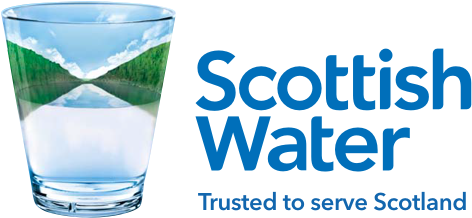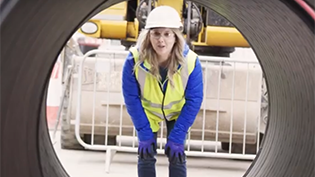Pittenweem Sewer Flooding Investment

Project Overview
We are currently developing plans to improve the sewer network in Pittenweem to help prevent sewer flooding and protect the local environment.
We are investing in and upgrading the sewer network by installing new pipework, chambers and screens at storm overflows.
At A Glance
- Sewer Flooding Alleviation
- Project Start Date: January 2024
- Duration: Circa 2 years
Latest Update - December 2024
- Our work in East Shore is complete. This includes installation of an upgraded Combined Sewer Overflow (CSO), the new sea outfall in the outer harbour and sewer lining works.
Pittenweem Documents
All documents relating to this project including all newsletter updates can be downloaded below. Please be aware that some of the information on the posters will now be incorrect due to the scheduling changes to the programme.
Documents
Pittenweem
We are investing in Pittenweem's sewer network
What We Are Doing
- We are looking to address flooding in 3 main areas of Pittenweem – the West Shore, East Shore and West Pittenweem.
- Construction began on 15th January 2024 at East Shore.
- There will be disruption during the construction of these upgrades, with road traffic management and construction noise. We will work with the community to minimise this as much as possible.
- We will continue to engage with the community on what is being proposed.
East Shore
- Work started on the East Shore on 15th January 2024 and has now been completed.
- The completed work included an upgraded screened CSO (Combined Sewer Overflow) and a new outfall within East Harbour to MLWS (Mean Low Water Springs), with the existing overflow removed from the inner harbour and taken to MLWS.
- It also included an upgraded power supply to existing waste water pumping station.
- Sewer lining work was carried out in November and December.
West Shore
Investigation works for the West Shore project began at Pittenweem's waste water pumping station in November 2024, while the main work will start in 2025 (date tbc). A package of community engagement will be held before this project begins. West shore project will include:
- Upgrading and installation of new screening to the existing CSO.
- A new long sea outfall to Mean Low Water Springs (MLWS).
- Following discussions with community and committing to minimise the visual impact of the outfall as much as possible, we are able to construct the new outfall so it is fully buried underground.
West Pittenweem
There is known flooding issues in the Western area of Pittenweem. Following updated modelling and solution development, we are currently considering the options, including the diversion of excess storm water from the Sandycraig estate. We will continue to liaise with stakeholders with regard to these plans.
Timescales
Construction work began on East Shore in January 2024. We are looking to carry out work in the different locations in a coordinated way so that we don’t have to completely stop at any one time, but also don’t carry out work in the harbour and beach areas during summer time when the village has higher number of visitors.
The sequencing of each of the phases of the work will consider minimising disruption, whilst managing construction practicalities and cost. All dates will be subject to change, for example - limited access, vehicle size and movement constraints and tide movements will heavily constrain work at West shore so this phase will likely be slowest to progress once on site.
We will update the community regularly as work progresses.
Why We Are Doing It
Historically, the area has been prone to sewer flooding during times of heavy rainfall.
This significant investment will address internal sewer flooding and the distress and upset it causes.
Once complete, the increased capacity in the new infrastructure will help reduce the risk of sewer flooding in the area and make a real difference to the households who have been affected in the past.
CSOs are an important mechanism which releases pressure on the network from rain using overflows to rivers and the sea. When there are overflows from a rainstorm, less than 1% of this is sewage from toilets. The screening of these CSOs prevents items which are wrongly flushed down the toilet – such as baby wipes, sanitary items, cotton buds, etc. from ending up on our beaches.








